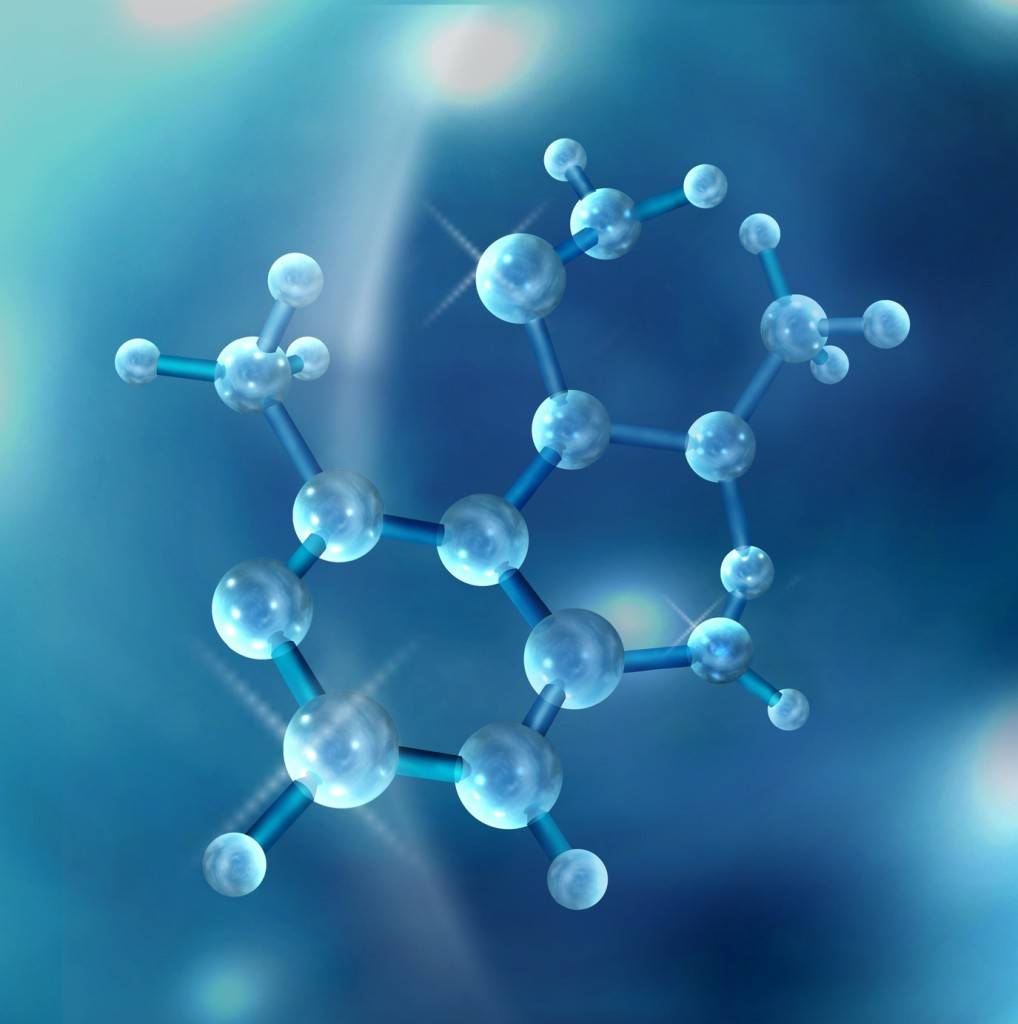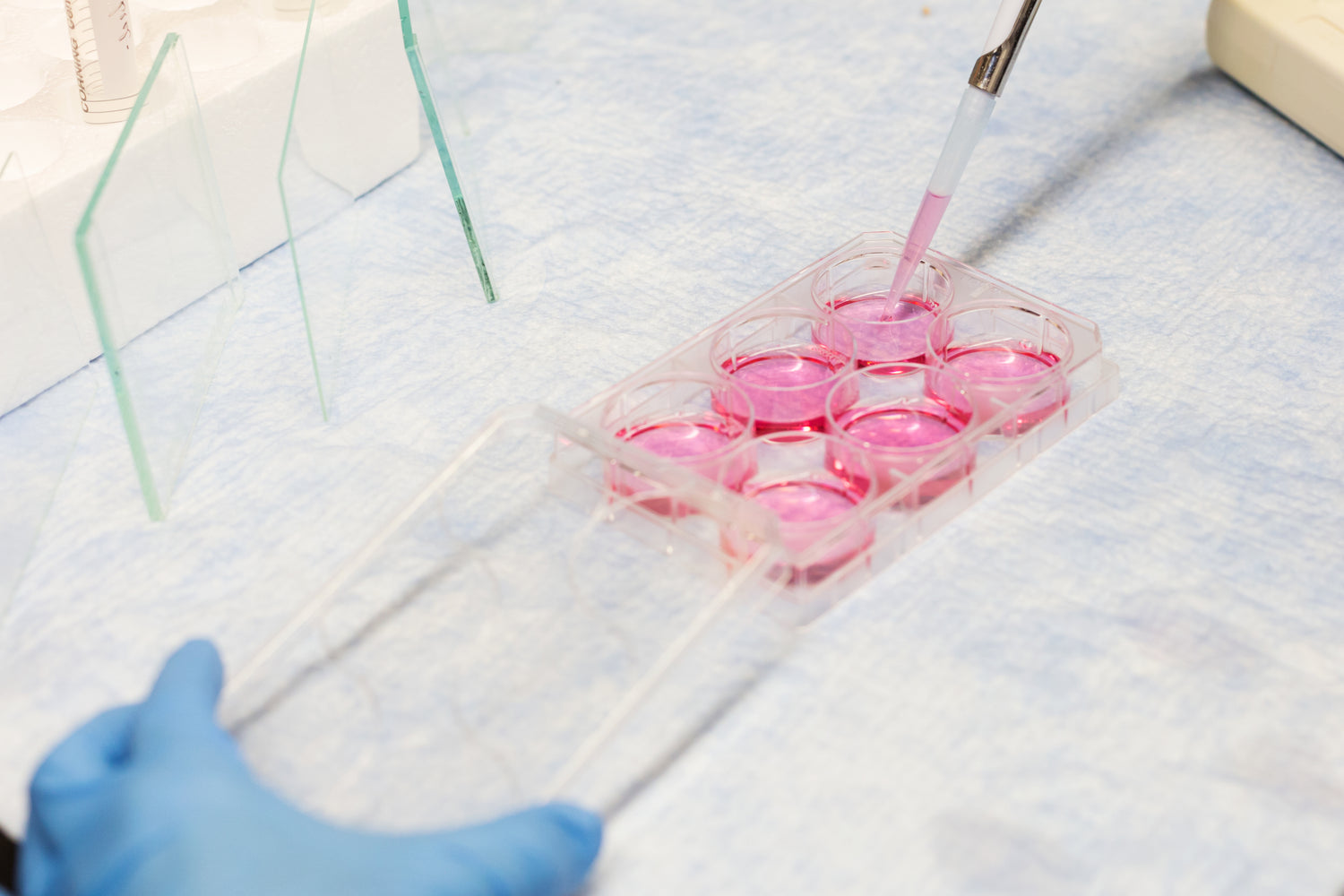The energy density, cycle life, and safety of lithium batteries depend heavily on the uniform dispersion of the electrode slurry. Agglomeration of active materials (such as ternary materials and lithium iron phosphate) and conductive agents (such as carbon black and carbon nanotubes) can disrupt the conductive network within the electrode, hindering lithium ion transport and leading to reduced battery capacity and rate performance. Ultrasonic dispersion, as a highly efficient physical dispersion technology, plays a crucial role in lithium battery slurry preparation, from laboratory research to industrial production, thanks to its unique mechanism of action.
The essence of ultrasonic dispersion is to utilize the propagation characteristics of ultrasound in liquid media to break up particle agglomerations through energy transfer, achieving system homogenization. Cavitation is the core driving force, supplemented by mechanical vibration and localized thermal effects, which together constitute the ultrasonic dispersion system.

For "difficult" slurry systems developed in the laboratory, such as highly conductive slurries containing graphene and carbon nanotubes (carbon nanotubes are prone to entanglement and agglomeration) and slurries containing nanoscale active materials (such as Li-rich manganese-based materials), traditional mechanical stirring is difficult to break up hard agglomerates, requiring ultrasonic dispersion for effective dissociation. For example, in the preparation of graphene/ternary material composite slurries, ultrasonic treatment at 300-500W power for 15-20 minutes can evenly disperse the graphene sheets in the slurry, preventing the formation of "graphene agglomerates" and thereby improving the conductivity of the electrode (by 20%-30% compared to mechanical stirring).
Ultrasonic dispersion, with its unique mechanism centered on the cavitation effect, has become a key technology for "breaking agglomeration and optimizing dispersion" in lithium battery slurry preparation. From laboratory research and development of new materials to industrial-scale production, ultrasonic dispersion not only improves electrode microstructure but also significantly enhances lithium battery capacity, cycle life, and consistency. With continued technological advancement, ultrasonic dispersion will play a more significant role in the development of high-energy-density, high-safety lithium batteries, driving the continued advancement of the new energy industry.








